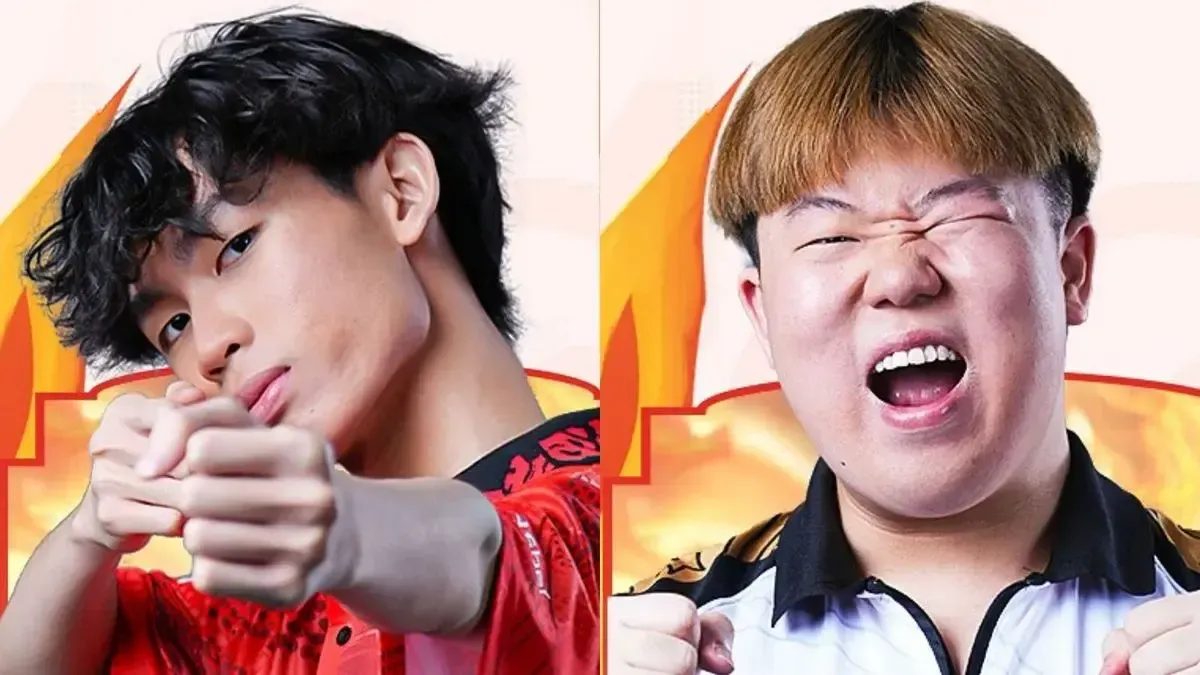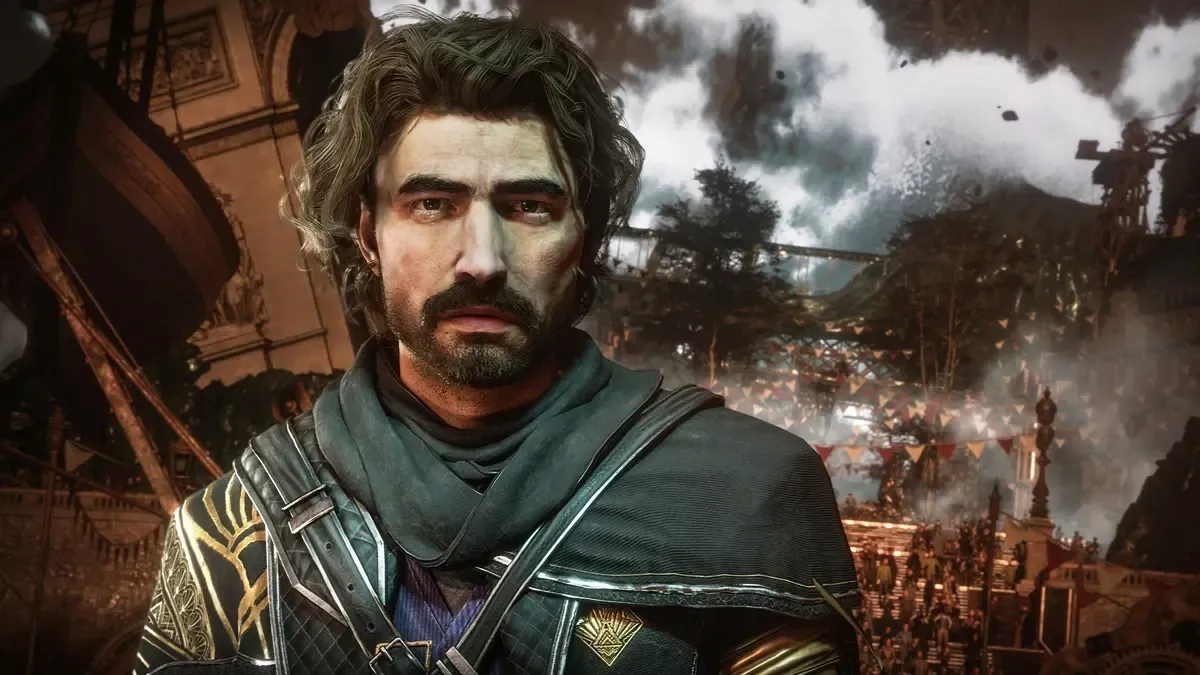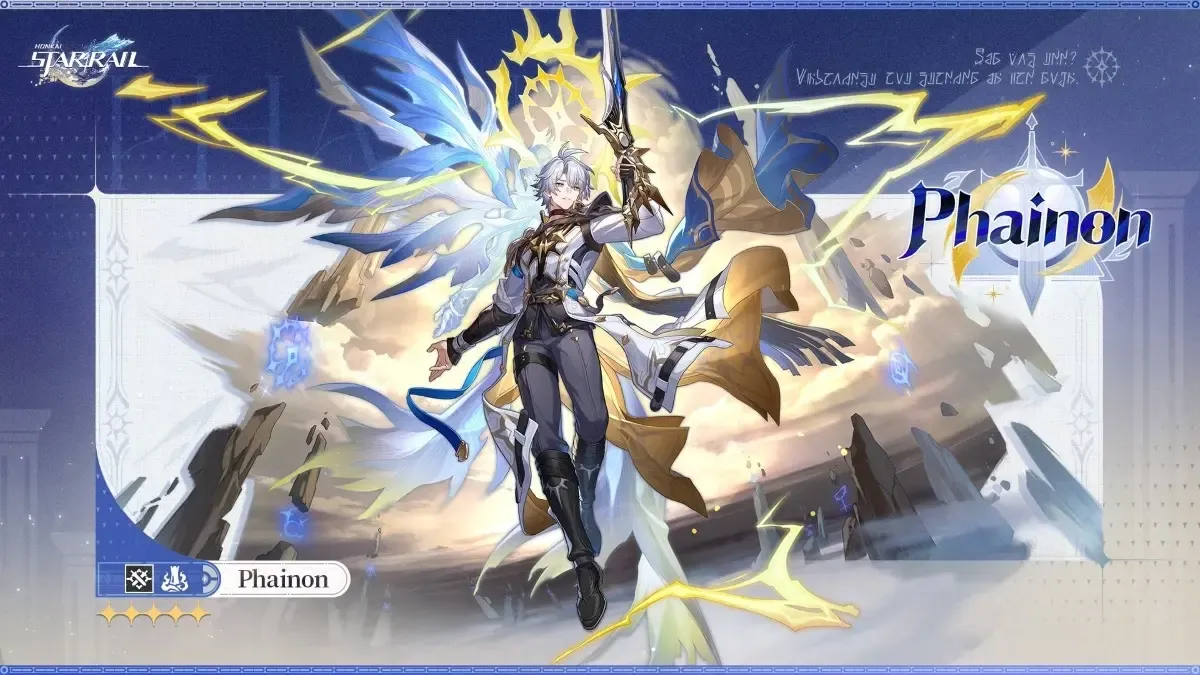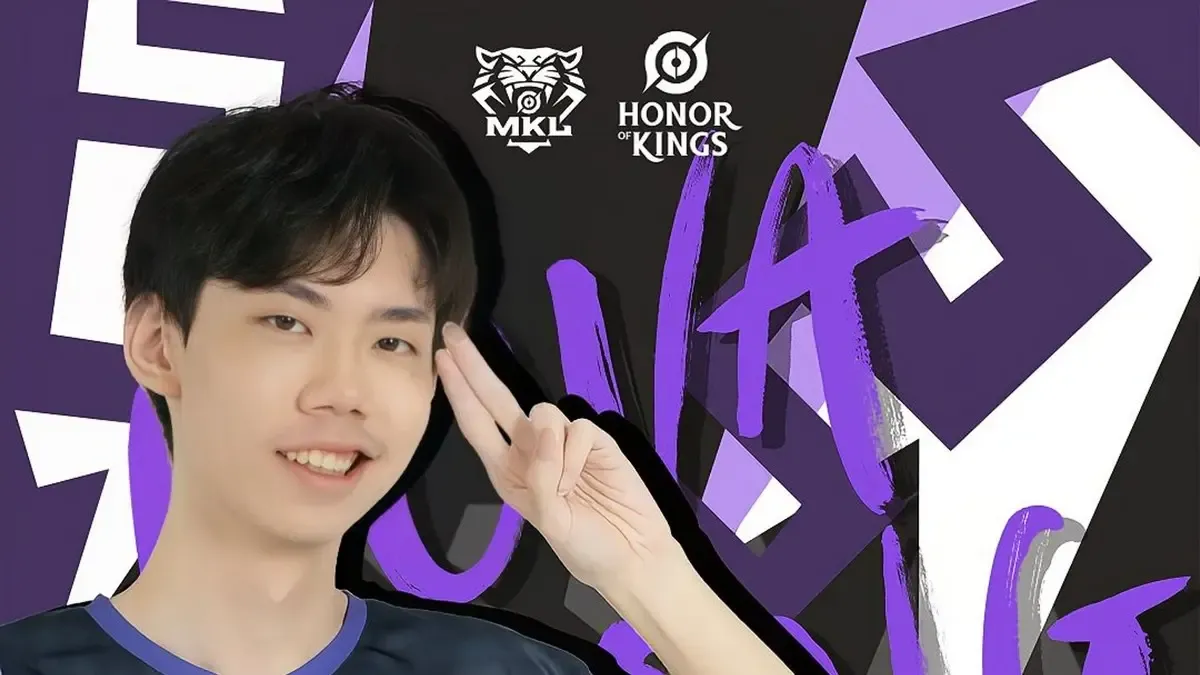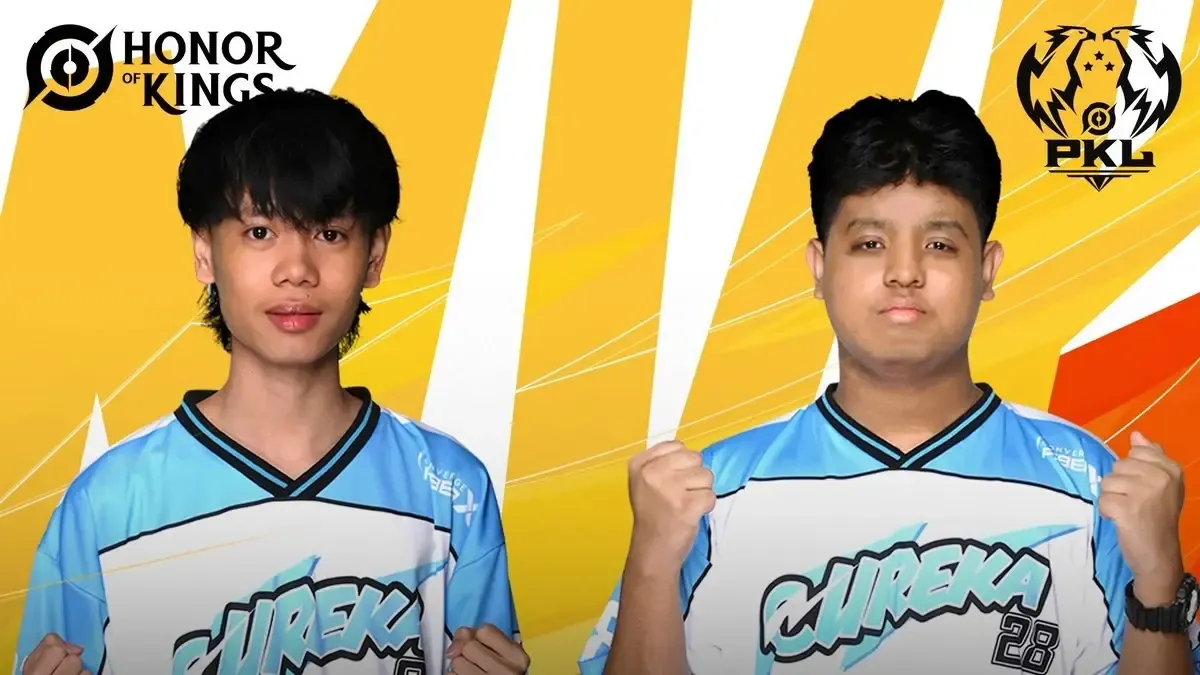Nintendo alleges Palworld infringed on three patents it filed for Pokémon gaming mechanics.
It’s been a couple of months since Nintendo and The Pokémon Company filed a patent infringement lawsuit against Pocket Pair, the developers behind the popular action-adventure monster-taming game Palworld. In its original claim, Nintendo alleged that Palworld infringes on multiple patent rights, but initially did not specify which patents were involved.
While much of the discussion focused on the visual similarities between the Pals in Palworld and Pokémon, the lawsuit centres on gameplay mechanics found in several Pokémon games, rather than a claim of copyright infringement. Specifically, the lawsuit targets gameplay elements involving riding creatures and capturing them using a Poké Ball, which are covered under three patents held by Nintendo.
In a developer update on November 8, Pocket Pair revealed that the lawsuit demands a total of 10 million yen (roughly $65,000), including damages and late payment fees. The lawsuit asks for the payment to be distributed equally between the Pokémon Company and Nintendo Co., Ltd.
Why is Palworld getting sued?
Nintendo argues that Palworld infringes on three Japanese patents: JP7545191, JP7493117, and JP7528390, which cover creature capture and riding mechanisms. These patents protect specific gameplay mechanics that are central to several Pokémon games, and the lawsuit alleges that Palworld uses these mechanics without permission.
Let's take a closer look at what each of these patents covers and how they relate to the gameplay in Palworld.
The Poké Ball-throwing mechanic
The first patent, JP7545191, covers the throwing of Poké Balls, a core mechanic in the Pokémon franchise. This patent protects the system in which players aim and release a Poké Ball to capture wild creatures.
Similar to Pokémon games, Palworld incorporates a mechanic where players can switch between items, such as Poké Balls, to capture wild creatures or send out their own creatures to battle.
Capture and battle mechanisms
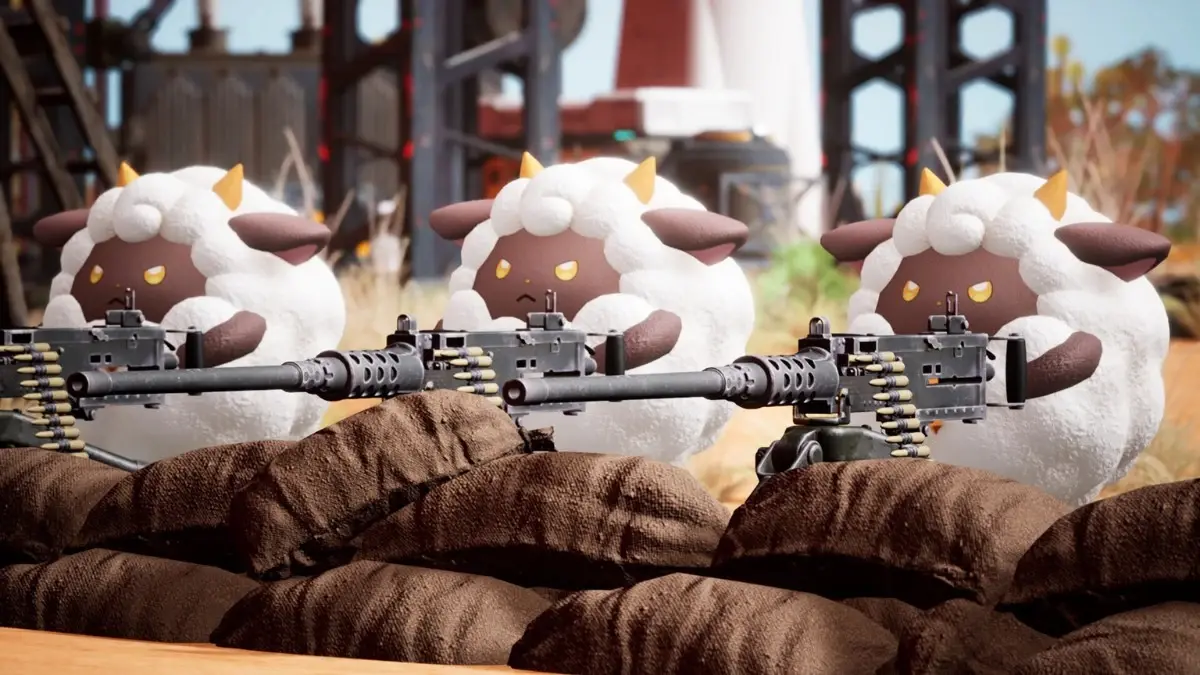
Patent JP7493117 describes a method where a player uses directional inputs to target and throw a Poké Ball at a field character or monster. A display predicts capture success, and the creature becomes a fighting ally. A second indication shows the creature's remaining strength, which influences capture success, and this invention allows toggling between capture and fight modes.
The mechanics described in this patent are similar to those found in Pokémon games, such as Pokémon Sword and Shield or Pokémon GO, where players target creatures and attempt to capture them with Poké Balls. Success is influenced by factors like the creature’s health.
Other games with similar mechanics, such as Monster Hunter Stories or Ni No Kuni II, also combine capture and battle systems that involve creatures with varying attributes.
Riding mechanisms for creatures
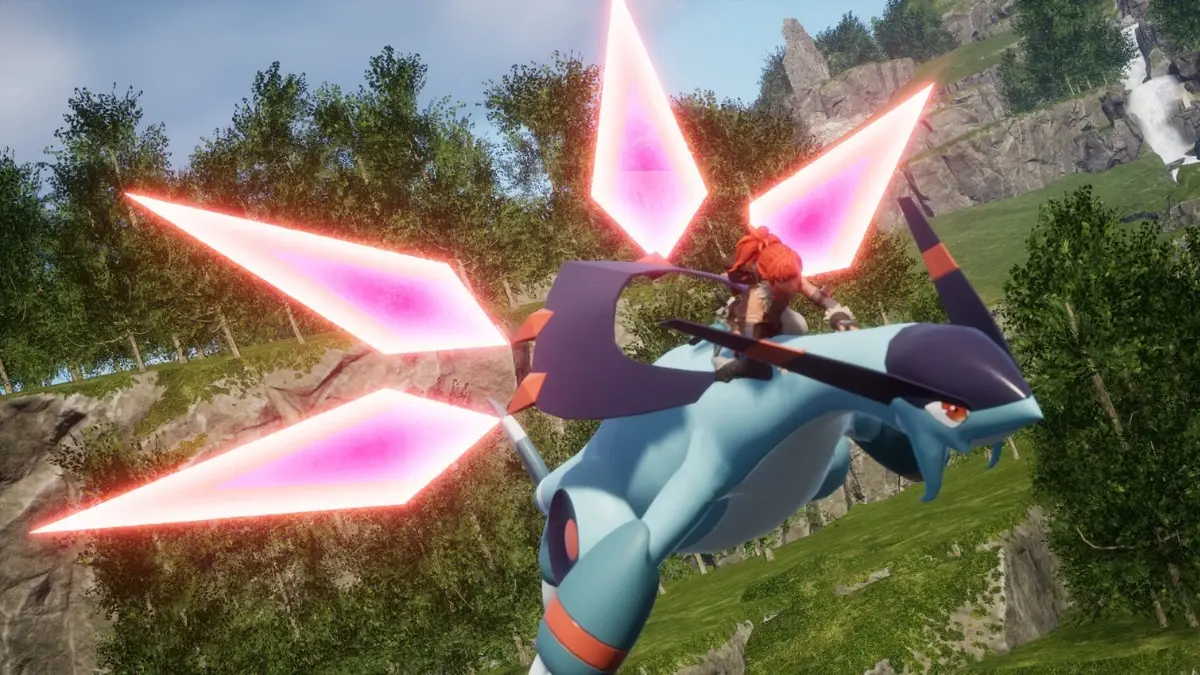
Patent JP7528390 allows players to ride Pokémon from land, sea, or air. Players may switch between flying Pokémon mid-jump and water-type Pokémon near water to effortlessly cross terrains. The patent incorporates mechanisms for catching critters for riding or fighting.
This system shares similarities with gameplay in The Legend of Zelda: Breath of the Wild, where players can switch between land-based, aerial, and aquatic travel, or Hogwarts Legacy, which allows players to switch between riding brooms and land-based creatures.
The mechanic also draws parallels to the traversal methods in Pokémon Legends: Arceus, where players ride certain Pokémon to move through various environments.
Pocket Pair’s response
Pocket Pair’s report reveals that all three patents in question were filed by Nintendo in the months following the release of Palworld in January 2024. Each patent is a continuation of a series of patents originally filed by Nintendo in 2021 during the development of Pokémon Legends: Arceus. These patent continuations, called "divisional patents," allow Nintendo to extend claims and tailor them to specific developments, including the mechanics in Palworld.
As IP attorney, Kirk Sigmon explained in an interview with PC Gamer in September, patent continuations—called "divisional patents" in Japanese legal practice—allow a patent holder to specify additional claims as an extension of the original patent. Nintendo’s legal strategy may involve crafting patent claims specifically targeting Palworld’s gameplay mechanics. Pocket Pair also reports that Nintendo seeks an injunction to halt sales of Palworld until the infringing mechanics are removed.
“We will continue to assert our position in this case through future legal proceedings,” the statement concluded.



